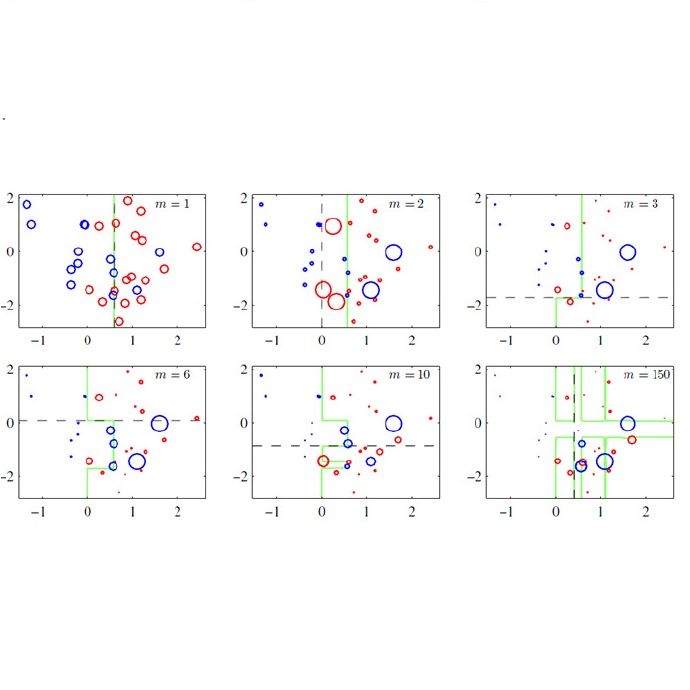The COVID-19 pandemic has led to the saturation of public health services worldwide. In this scenario, the early diagnosis of SARS-Cov-2 infections can help to stop or slow the spread of the virus and to manage the demand upon health services. This is especially important when resources are also being stretched by heightened demand linked to other seasonal diseases, such as the flu. In this context, the organisers of the DiCOVA 2021 challenge have collected a database with the aim of diagnosing COVID-19 through the use of coughing audio samples. This work presents the details of the automatic system for COVID-19 detection from cough recordings presented by team PANACEA. This team consists of researchers from two European academic institutions and one company: EURECOM (France), University of Granada (Spain), and Biometric Vox S.L. (Spain). We developed several systems based on established signal processing and machine learning methods. Our best system employs a Teager energy operator cepstral coefficients (TECCs) based frontend and Light gradient boosting machine (LightGBM) backend. The AUC obtained by this system on the test set is 76.31% which corresponds to a 10% improvement over the official baseline.
翻译:COVID-19大流行导致全世界公共卫生服务的饱和,在这一假设中,对SARS-Cov-2感染的早期诊断有助于阻止或减缓病毒的传播,并管理对保健服务的需求。当资源也因与诸如流感等其他季节性疾病(如流感)有关的高需求而捉襟见肘时,这一点尤其重要。在这方面,DiCOVA 2021挑战的组织者收集了一个数据库,目的是通过使用咳嗽声样对COVID-19进行诊断。这项工作介绍了从PANACEA小组提供的咳嗽记录中检测COVID-19自动系统的细节。该小组由来自两个欧洲学术机构和一家公司的研究人员组成:EURRECOM(法国)、格拉纳达大学(西班牙)和Biocricat Vox S.L.(西班牙)。我们开发了几个基于既定信号处理和机器学习方法的系统。我们的最佳系统采用了基于前端和轻梯度加速器(LightGBM)后端的电动能操作器(TEACCS)系数(TEAUCS)。这个系统获得的AUCUCS在官方测试基准点上达到7631。


